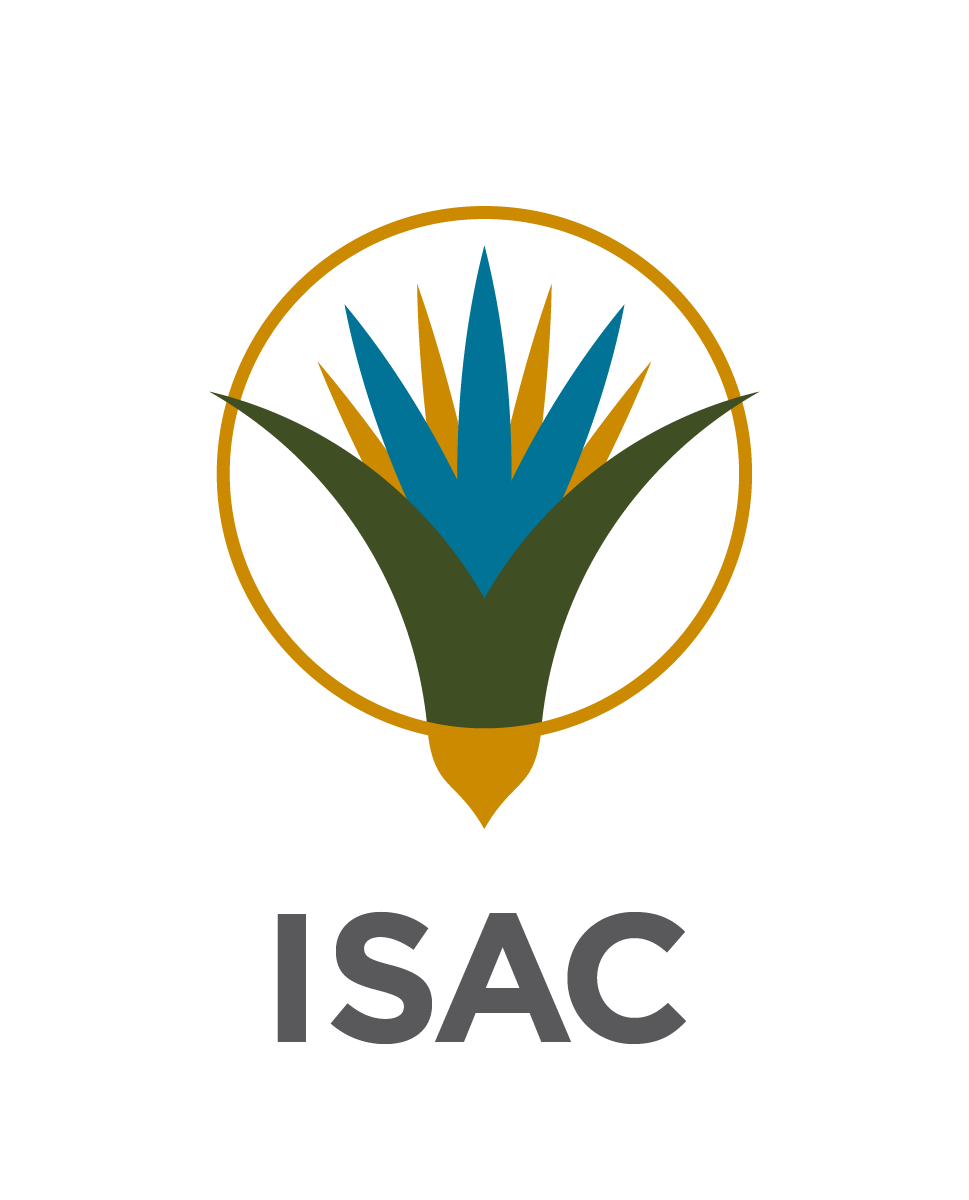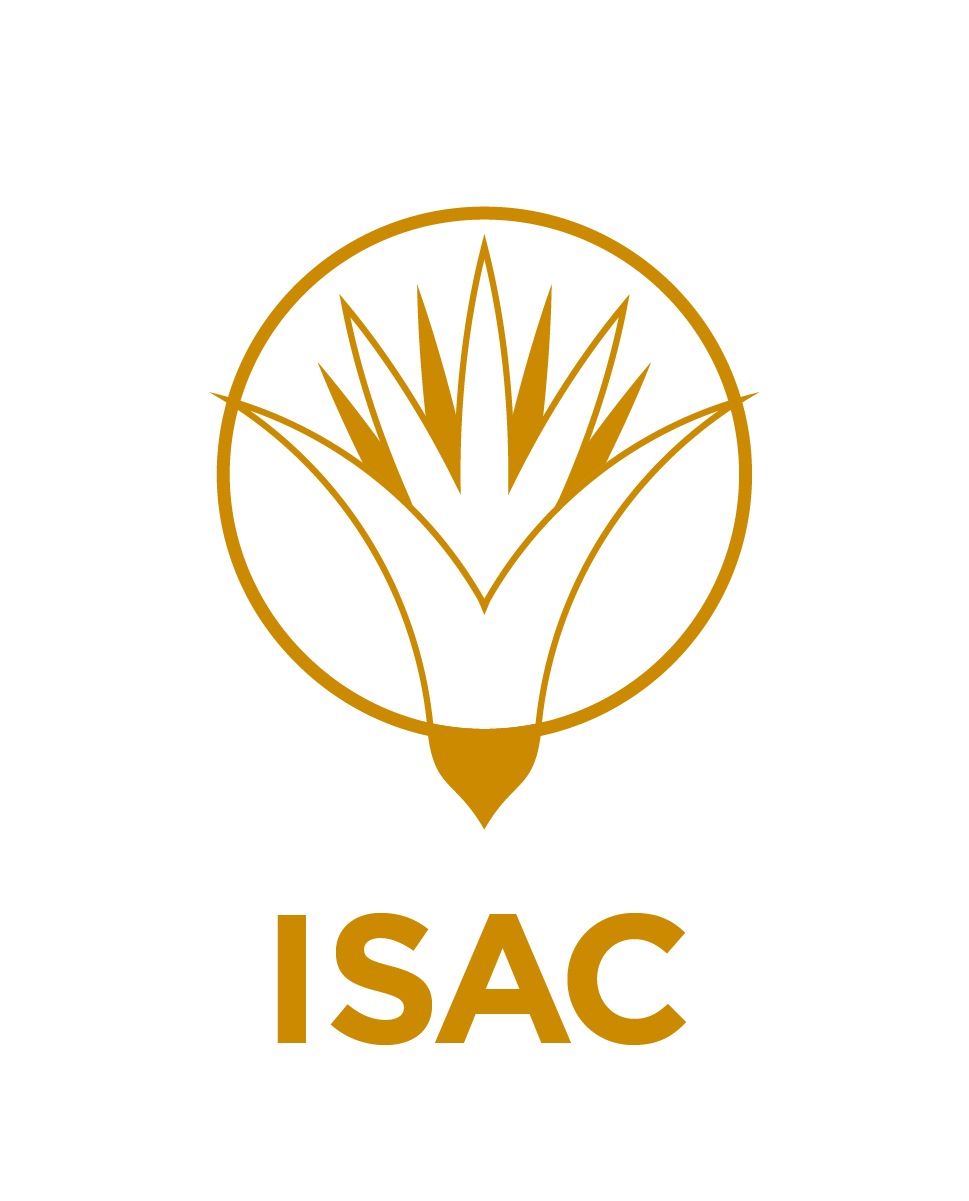We have changed our name to: Institute for the Study of Ancient Cultures, West Asia & North Africa (ISAC)
Our previous name, The Oriental Institute has led to confusion, often contributing to the perception that our work was focused on East Asia, rather than West Asia and North Africa. To address this issue, in 2021, we organized a Name Change Committee that worked collaboratively with University of Chicago faculty, staff, students, stakeholders, and supporters, as well as colleagues at peer institutions around the world. The committee collected data representing a broad range of perspectives, which informed their decision to recommend a new name that more clearly honors the cultures, regions, and time periods that we study.
To learn more about ISAC's decision to change our name, click here to read an article by our Interim Director, Theo van den Hout.
To learn more about the changing history of the word "oriental", click here to read an article written by Tasha Vorderstrasse, ISAC Manager of Adult Education.
Along with our new name, we also embrace a new logo. In October 2022, we invited ISAC and University faculty, staff, students, Advisory Council Members, volunteers, and docents to contribute their ideas for motifs, objects, and design elements that could serve as inspiration for our new icon. The submissions received overwhelmingly favored floral motifs found throughout the ISAC building, both in our architectural design elements and in our collections.
We worked closely with the creative staff of the University of Chicago Creative Department who designed our new logo, inspired by the lotus flower, a design motif that is embraced by each of the ancient cultures that we study.



To learn more about the use and significance of the lotus flower in various cultures of ancient West Asia and North Africa, click here to read an article by ISAC Curator Kiersten Neumann.
Common Questions:
- Has your mission changed?
- No – on the contrary, our mission is more vital than ever. We strive to be one of the world's leading centers for the study of the ancient cultures of West Asia and North Africa by combining innovation in theory, methodology, and empirical discovery with the highest standards of rigorous scholarship. We will continue to build on the research that the Institute has carried out since 1919.
- What were the reasons for choosing the OI's original name?
- In the early 20th century, the name 'Orient' was used more commonly and applied to a broad geographical area. In fact, it encompassed all of Asia, from Japan to Turkey. This meant that many organizations from this period with work related to Asia included the word 'Orient' in their name.
In keeping with this usage, all Asian languages taught at the University of Chicago were grouped together in a single Department of Oriental Languages and Civilizations until 1966. In that year, it split into three different departments of Near Eastern Languages and Civilizations (NELC), Far Eastern (later East Asian) Languages and Civilizations (FELC/EALC), and South Asian Languages and Civilizations (SALC). Similarly, the original collection of artifacts housed in the Haskell Oriental Museum, the forerunner of the Oriental Institute Museum (OIM) comprised art that came from Japan, China, India, Mesopotamia, and everything in between. When the OI's new building opened in 1931, it exhibited only artifacts from West Asia and North Africa, while those from South and East Asia moved elsewhere in the University.
- In the early 20th century, the name 'Orient' was used more commonly and applied to a broad geographical area. In fact, it encompassed all of Asia, from Japan to Turkey. This meant that many organizations from this period with work related to Asia included the word 'Orient' in their name.
- How can people share their views and suggestions on this change?
- We welcome your thoughts and suggestions and invite you to submit them by sending an email to isac-namechange@uchicago.edu
-- Sent from my Linux system.

No comments:
Post a Comment